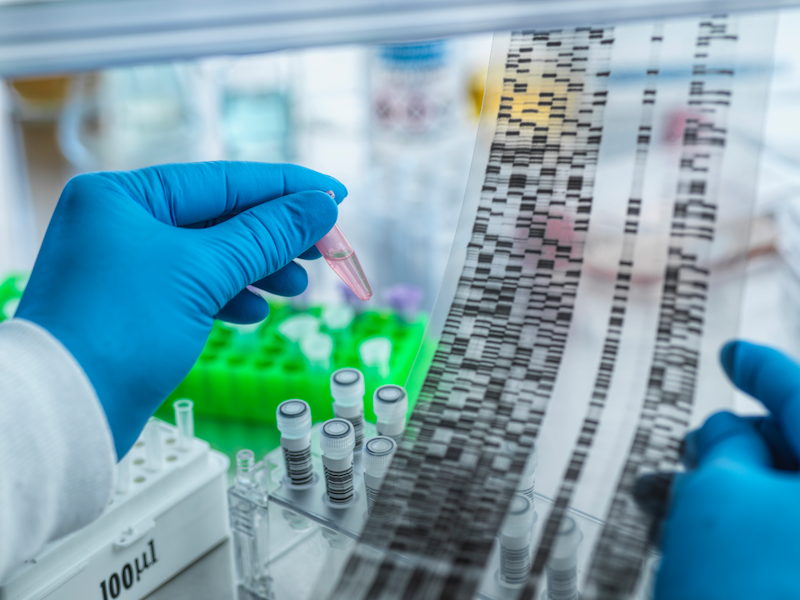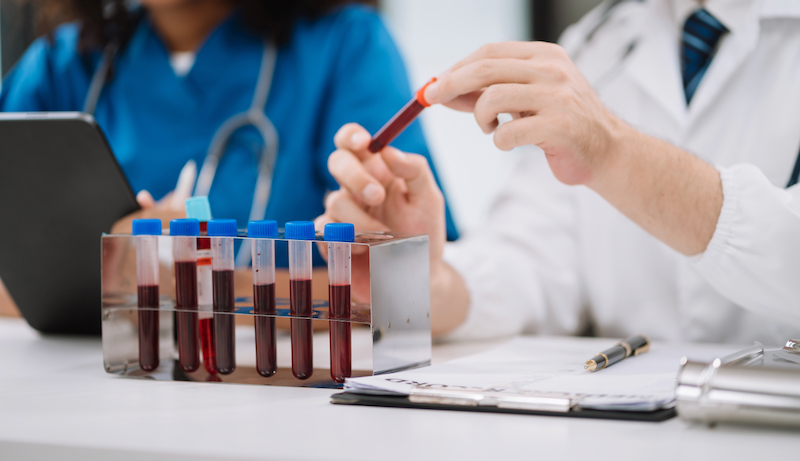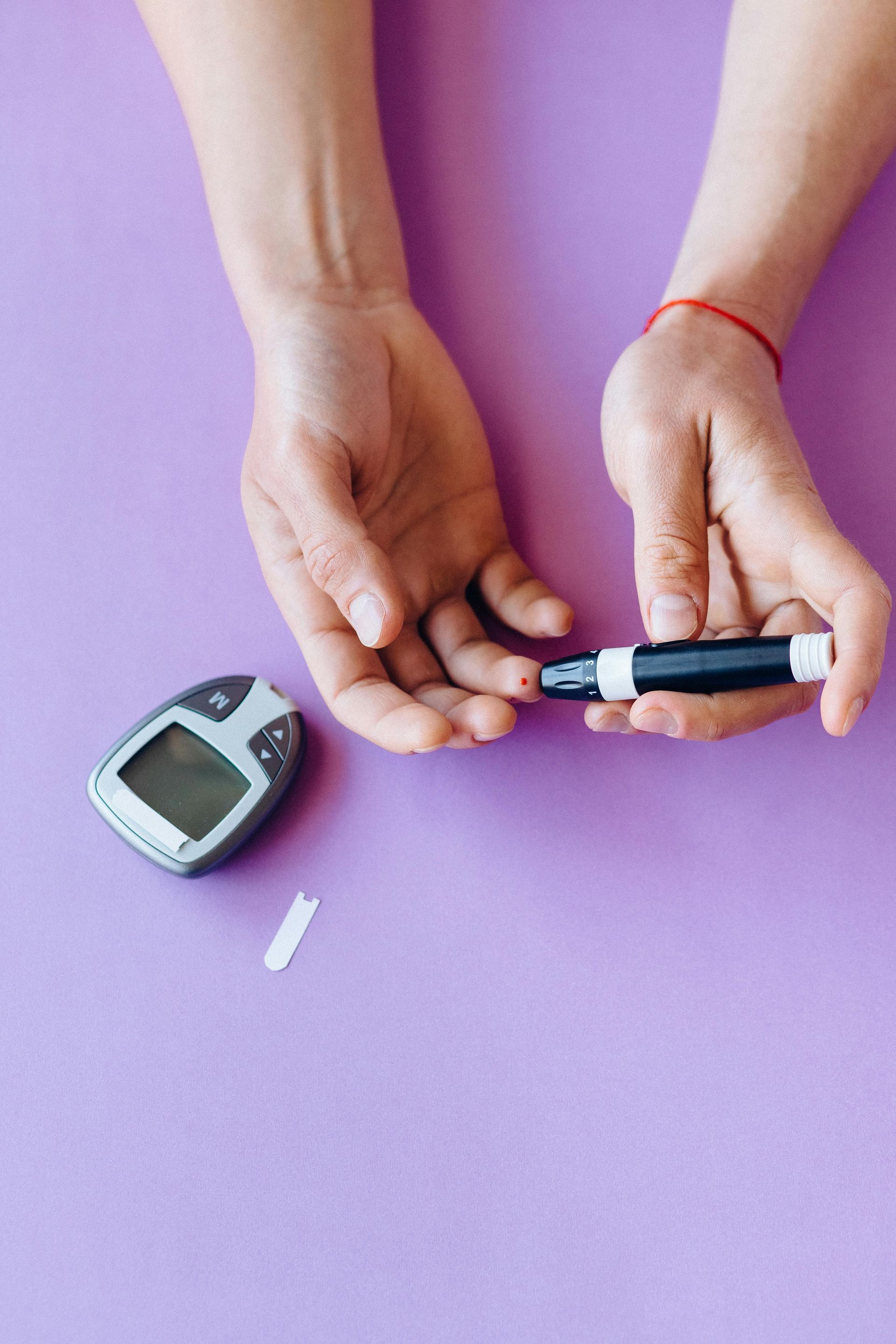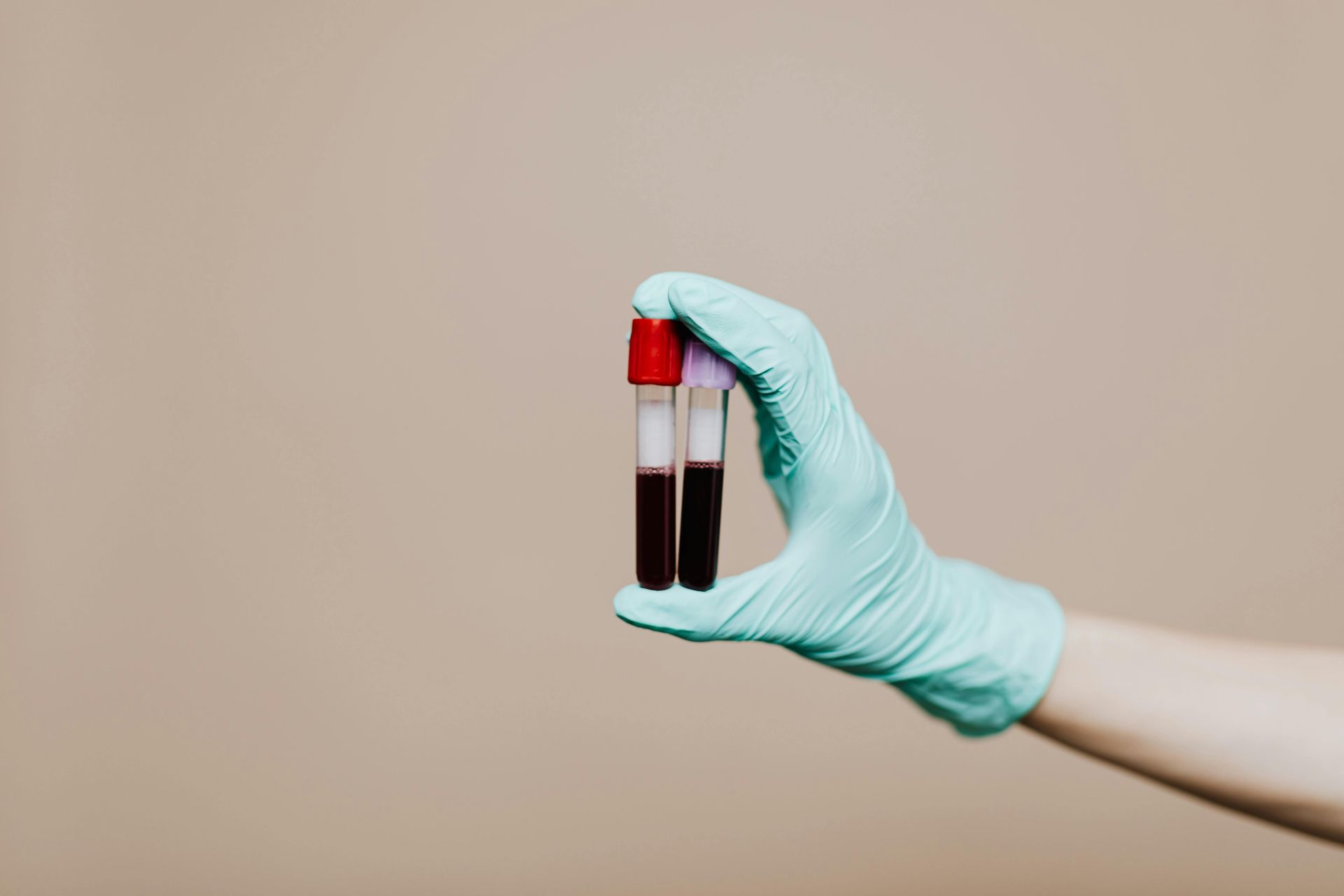Understanding DNA relationship Testing
A Look at Non-Invasive Prenatal Paternity Testing

This test involves analyzing genetic material to establish biological relationships. In the context of paternity, it can confirm whether a man is the biological father of a child. Traditionally, paternity tests required samples from both the child and the alleged father, usually collected after birth. However, non-invasive prenatal paternity testing allows for the collection of DNA from a pregnant woman’s blood, enabling testing as early as the 9th week of pregnancy.
In recent years, the landscape of paternity testing has evolved significantly, thanks in part to advancements in technology. One of the most notable innovations is non-invasive prenatal paternity testing (NIPPT), which offers a safe and accurate way to determine paternity during pregnancy. This blog will explore what DNS testing entails, the benefits of non-invasive methods, and the implications for expecting parents.
How Does Non-Invasive Prenatal Paternity Testing Work?
NIPPT works by isolating fetal DNA that circulates in the mother’s bloodstream. This DNA is then compared to the DNA of the alleged father. The procedure typically involves the following steps:
- Sample Collection: A simple blood draw from the mother is performed.
- DNA Extraction: The fetal DNA is extracted from the maternal blood.
- Analysis: The collected DNA is analyzed in a laboratory, where it is compared to the alleged father’s DNA sample (which can be collected via a cheek swab or blood sample).
- Results: The results are usually available within a week, providing a high level of accuracy in determining paternity.
Benefits of Non-Invasive Prenatal Paternity Testing
- Safety: Unlike invasive methods that involve procedures like amniocentesis or chorionic villus sampling (CVS), NIPPT poses no risk to the mother or fetus.
- Early Testing: The ability to perform tests as early as the 9th week of pregnancy allows parents to make informed decisions sooner.
- Accuracy: NIPPT boasts high accuracy rates, often exceeding 99%, making it a reliable option for parents seeking to confirm paternity.
- Privacy: Since the test is non-invasive, it provides a confidential way for individuals to establish paternity without the need for invasive procedures.
Implications for Expecting Parents
The decision to undergo paternity testing can be deeply personal and may arise from various situations. For some, it offers peace of mind during pregnancy, while for others, it may facilitate discussions about parental responsibilities and rights before the child is born. Understanding the implications of NIPPT can help parents navigate this sensitive topic more effectively.
Conclusion
Non-invasive prenatal paternity testing represents a significant advancement in the field of genetic testing. It not only enhances safety for both mother and child but also provides critical information at an early stage of pregnancy. As technology continues to evolve, expectant parents can look forward to even more options and insights regarding their family dynamics. Whether for peace of mind or planning for the future, NIPPT is an essential tool for modern families.
For more detailed information, you can explore resources provided by testing centers specializing in non-invasive prenatal paternity testing.
Did you find our post useful? Follow us on Facebook and Instagram for more handy tips on medical testing and health conditions.
Our recent posts











